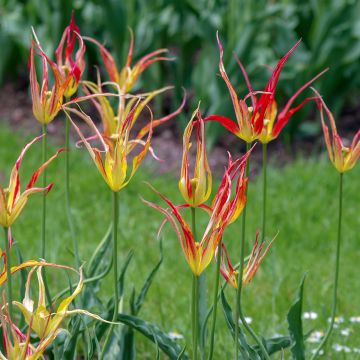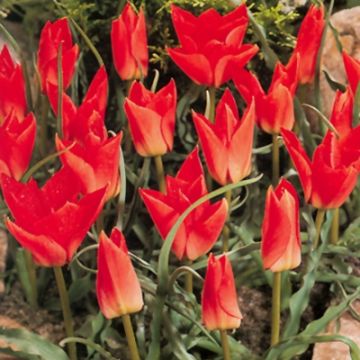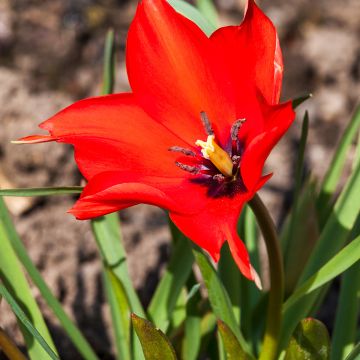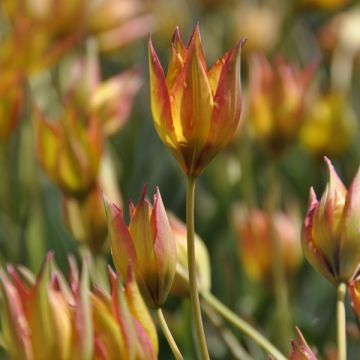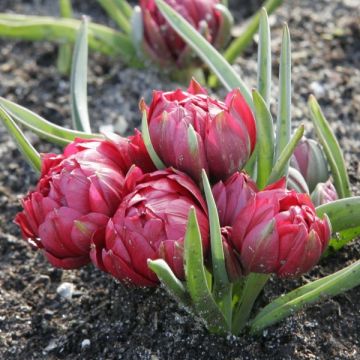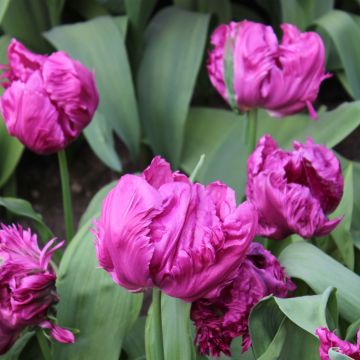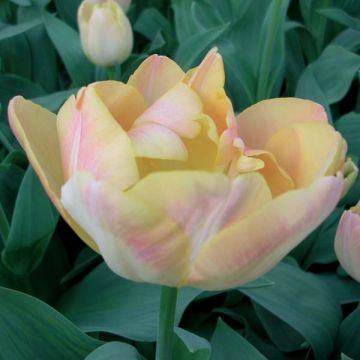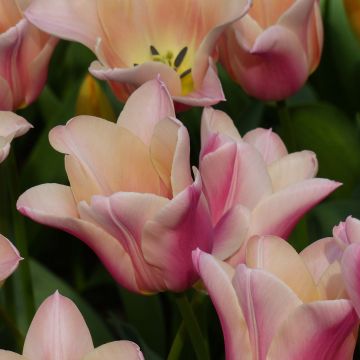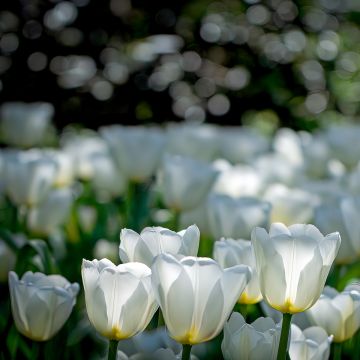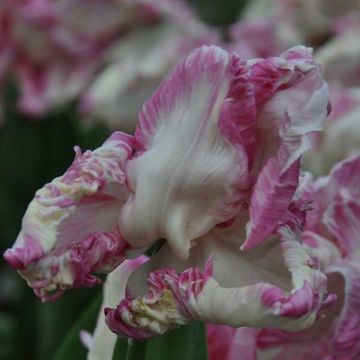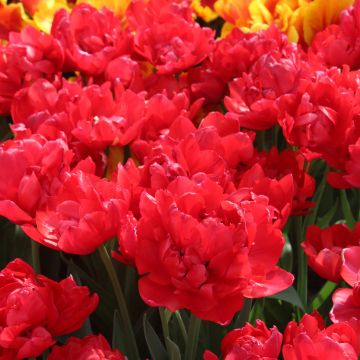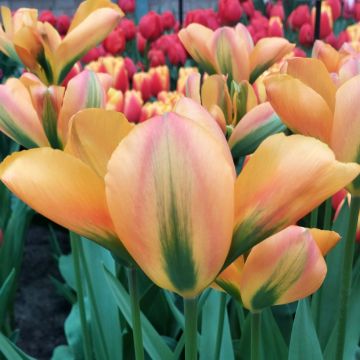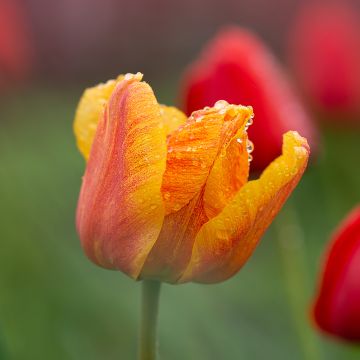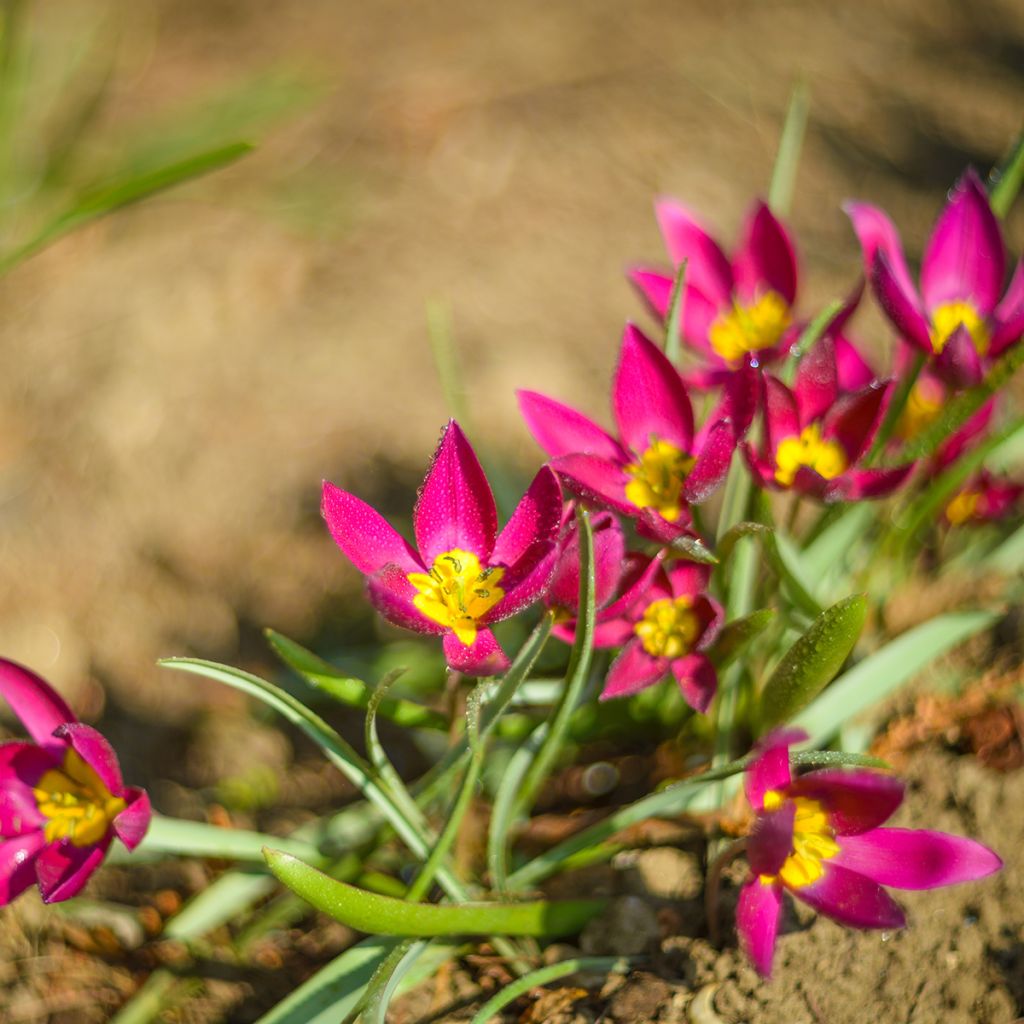

Tulipa humilis Violacea Group yellow base
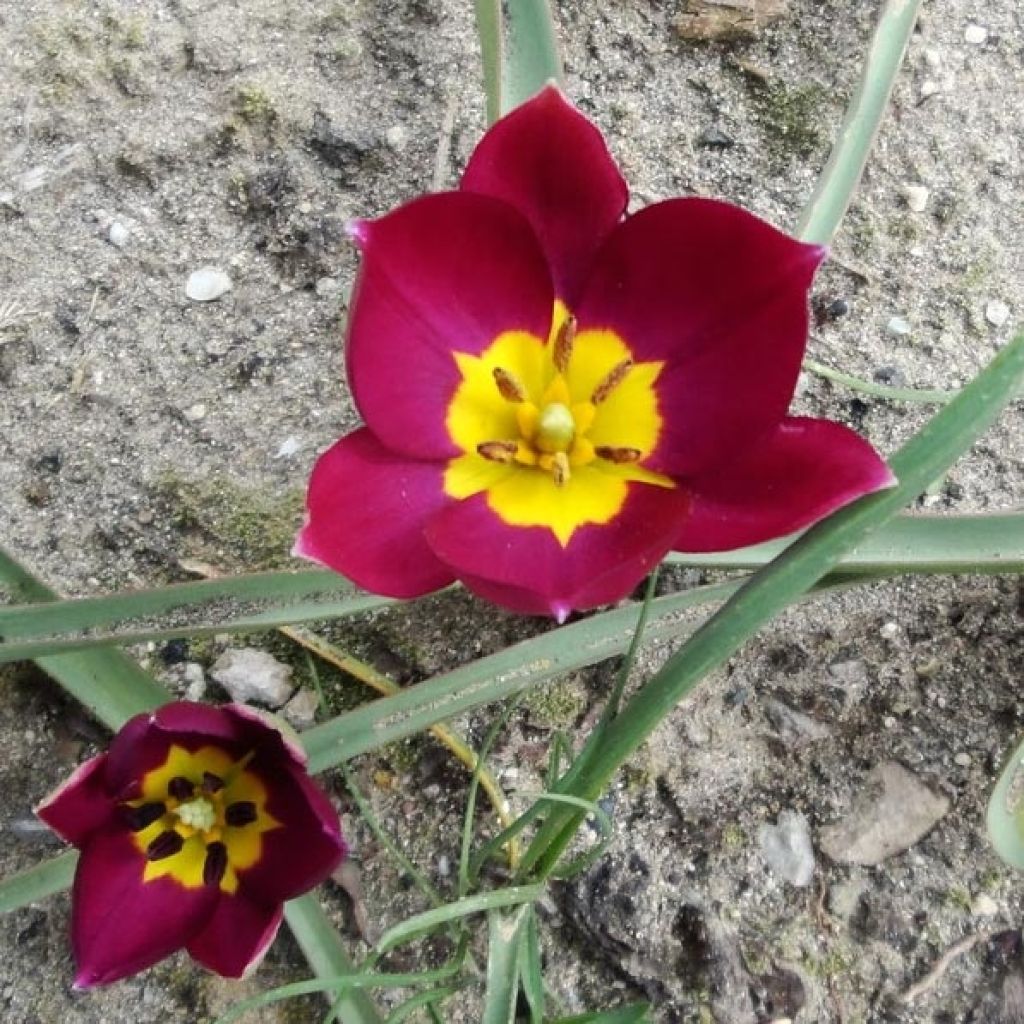

Tulipa humilis Violacea Group yellow base
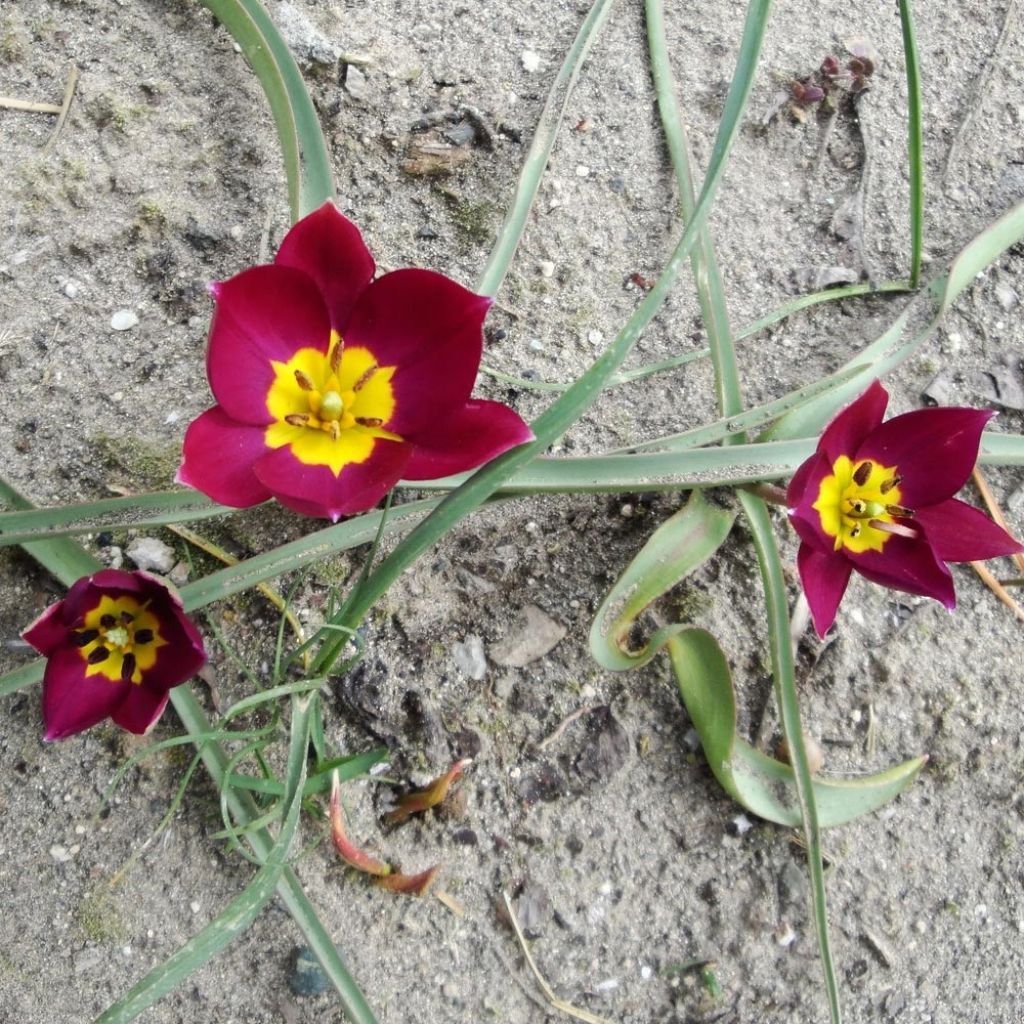

Tulipa humilis Violacea Group yellow base
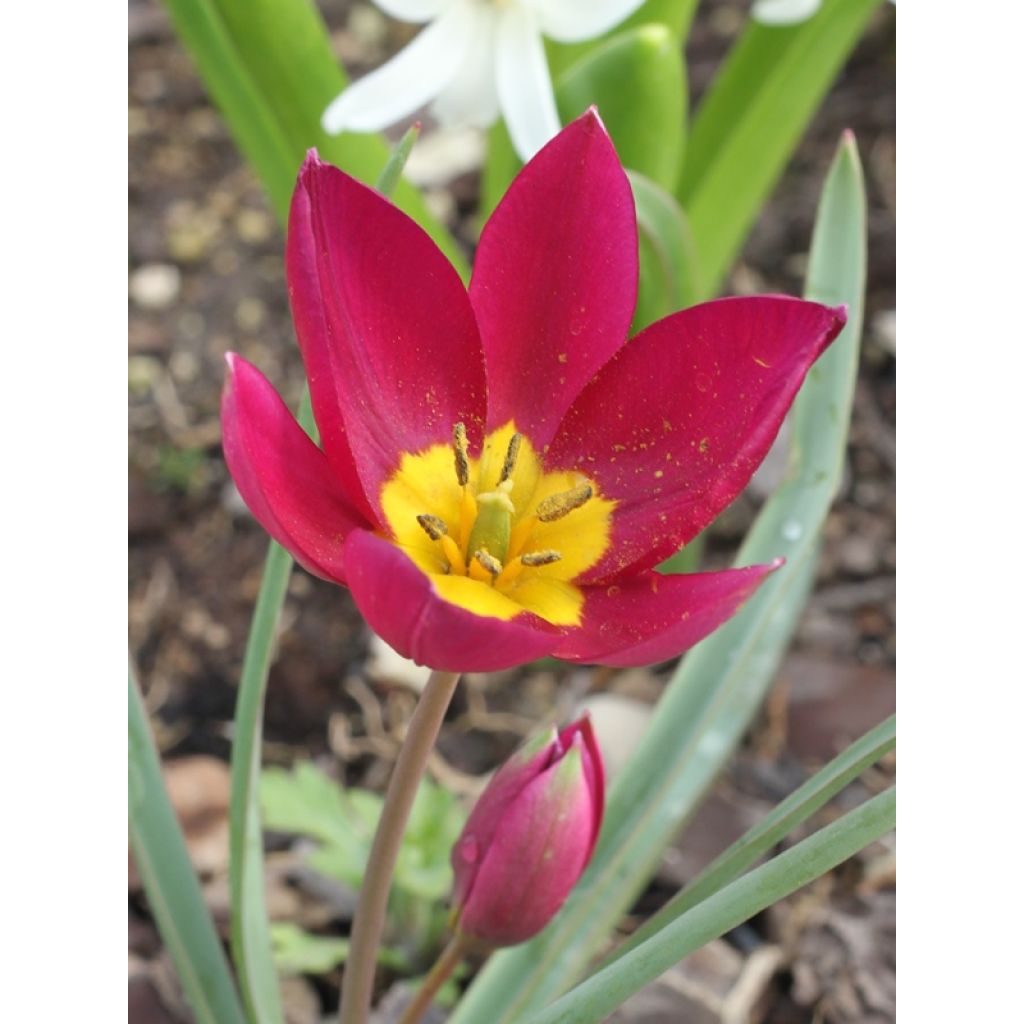

Tulipa humilis Violacea Group yellow base
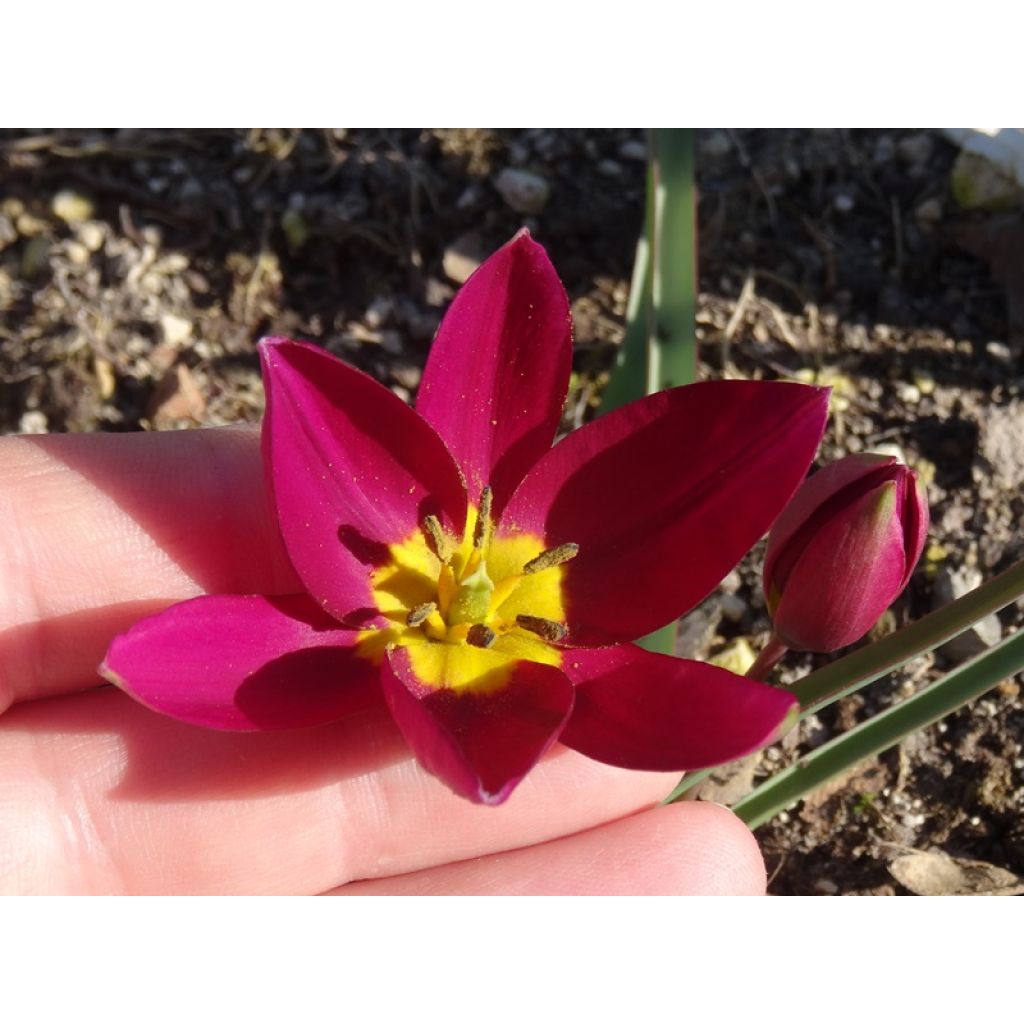

Tulipa humilis Violacea Group yellow base
Tulipa humilis Violacea Group yellow base
Tulipa humilis Violacea Yellow Base
Tulip
Good
Sylvain , 13/10/2014
Special offer!
Receive a €20 voucher for any order over €90 (excluding delivery costs, credit notes, and plastic-free options)!
1- Add your favorite plants to your cart.
2- Once you have reached €90, confirm your order (you can even choose the delivery date!).
3- As soon as your order is shipped, you will receive an email containing your voucher code, valid for 3 months (90 days).
Your voucher is unique and can only be used once, for any order with a minimum value of €20, excluding delivery costs.
Can be combined with other current offers, non-divisible and non-refundable.
Why not try an alternative variety in stock?
View all →This plant carries a 6 months recovery warranty
More information
We guarantee the quality of our plants for a full growing cycle, and will replace at our expense any plant that fails to recover under normal climatic and planting conditions.
Would this plant suit my garden?
Set up your Plantfit profile →
Description
Tulipa humilis Violacea Group yellow base is also called Tulipa aucheriana Yellow Base, Tulipa pulchellus Yellow Base, or Yellow Base Cocus Tulip. It is a very small botanical species with early and radiant flowers. In early spring, it has star-shaped corollas in deep pink to purple with a yellow heart. The leaves sometimes appear after flowering. It is a very robust plant, native to Turkey and Iran and adapted to poor soils and arid conditions that will easily naturalise in the garden.
Tulipa humilis Violacea Group yellow base belongs to the Liliaceae family. Violacea Group yellow base is a selection with a yellow-marked heart, derived from Tulipa humilis whose origins are lost between the Caucasus, Turkey, and Iran. Tulipa humilis has an extremely variable appearance depending on its origin, and due to the number of varieties that have been selected. For this reason, it has several names, which makes the species a bit confusing. This tulip has pointed flowers with 3 sepals identical to the 3 petals at the end of a short floral stem, not more then 10 cm (4in). The star-shaped corolla opens widely in the sun. The flowers emit a particular fragrance. The bulbs are small, 3 to 4 cm (1 to 2in) in diameter. This plant has dark blue-green, relatively narrow, sometimes almost curled leaves, 10 to 15 cm (4 to 6in) long.
Tulipa humilis Violacea Group yellow base is a little gem that will naturally fit well in a rock garden, in a pot, along a path, or on a wild slope. Far from the large calyxes of its Dutch relatives, its low-lying stars illuminate the flower beds early in spring and are sometimes mistaken for crocuses.
Regarding botanical species:
Tulip species are found in most of the Old World, from Western Europe to China and Japan, passing through Eastern Europe, Asia Minor, and Central Asia. Their distribution area also includes North Africa and the Indian subcontinent. The centre of diversity of the genus is in the Pamir and Hindu Kush mountains and the steppes of Kazakhstan.
There are various wild species, many of which are endangered. These are either large tulips from cultivated fields, the most well-known being the Agen Tulip (Tulipa agenensis), or small tulips found in wooded areas or among rocks in the mountains. In cultivation, these are called "botanical tulips," and one of the most common is the wild tulip (Tulipa sylvestris), which often used to grow protected by vineyards and whose subspecies australis is known as the southern tulip.
Plant habit
Flowering
Foliage
Botanical data
Tulipa
humilis
Violacea Yellow Base
Liliaceae
Tulip
Cultivar or hybrid
Other Botanical Tulips
View all →Planting and care
Plant the bulbs in autumn, from September to December, at a depth of 5 cm (2in), 10 cm (4in) apart in ordinary, slightly acidic, neutral, or slightly alkaline, light, loose, sandy or gravelly, and well-draining soil. Never add manure or poorly decomposed compost to the planting soil, as this could cause the bulbs to rot. Botanical tulip humilis will grow well in moist to dry soil, in a sunny or partially shaded location. Once flowering is finished, it is best to remove the seed heads to prevent the plant from becoming exhausted.
Planting period
Intended location
Care
Planting & care advice
-
, onOrder confirmed
Reply from on Promesse de fleurs
Similar products
Haven't found what you were looking for?
Hardiness is the lowest winter temperature a plant can endure without suffering serious damage or even dying. However, hardiness is affected by location (a sheltered area, such as a patio), protection (winter cover) and soil type (hardiness is improved by well-drained soil).

Photo Sharing Terms & Conditions
In order to encourage gardeners to interact and share their experiences, Promesse de fleurs offers various media enabling content to be uploaded onto its Site - in particular via the ‘Photo sharing’ module.
The User agrees to refrain from:
- Posting any content that is illegal, prejudicial, insulting, racist, inciteful to hatred, revisionist, contrary to public decency, that infringes on privacy or on the privacy rights of third parties, in particular the publicity rights of persons and goods, intellectual property rights, or the right to privacy.
- Submitting content on behalf of a third party;
- Impersonate the identity of a third party and/or publish any personal information about a third party;
In general, the User undertakes to refrain from any unethical behaviour.
All Content (in particular text, comments, files, images, photos, videos, creative works, etc.), which may be subject to property or intellectual property rights, image or other private rights, shall remain the property of the User, subject to the limited rights granted by the terms of the licence granted by Promesse de fleurs as stated below. Users are at liberty to publish or not to publish such Content on the Site, notably via the ‘Photo Sharing’ facility, and accept that this Content shall be made public and freely accessible, notably on the Internet.
Users further acknowledge, undertake to have ,and guarantee that they hold all necessary rights and permissions to publish such material on the Site, in particular with regard to the legislation in force pertaining to any privacy, property, intellectual property, image, or contractual rights, or rights of any other nature. By publishing such Content on the Site, Users acknowledge accepting full liability as publishers of the Content within the meaning of the law, and grant Promesse de fleurs, free of charge, an inclusive, worldwide licence for the said Content for the entire duration of its publication, including all reproduction, representation, up/downloading, displaying, performing, transmission, and storage rights.
Users also grant permission for their name to be linked to the Content and accept that this link may not always be made available.
By engaging in posting material, Users consent to their Content becoming automatically accessible on the Internet, in particular on other sites and/or blogs and/or web pages of the Promesse de fleurs site, including in particular social pages and the Promesse de fleurs catalogue.
Users may secure the removal of entrusted content free of charge by issuing a simple request via our contact form.
The flowering period indicated on our website applies to countries and regions located in USDA zone 8 (France, the United Kingdom, Ireland, the Netherlands, etc.)
It will vary according to where you live:
- In zones 9 to 10 (Italy, Spain, Greece, etc.), flowering will occur about 2 to 4 weeks earlier.
- In zones 6 to 7 (Germany, Poland, Slovenia, and lower mountainous regions), flowering will be delayed by 2 to 3 weeks.
- In zone 5 (Central Europe, Scandinavia), blooming will be delayed by 3 to 5 weeks.
In temperate climates, pruning of spring-flowering shrubs (forsythia, spireas, etc.) should be done just after flowering.
Pruning of summer-flowering shrubs (Indian Lilac, Perovskia, etc.) can be done in winter or spring.
In cold regions as well as with frost-sensitive plants, avoid pruning too early when severe frosts may still occur.
The planting period indicated on our website applies to countries and regions located in USDA zone 8 (France, United Kingdom, Ireland, Netherlands).
It will vary according to where you live:
- In Mediterranean zones (Marseille, Madrid, Milan, etc.), autumn and winter are the best planting periods.
- In continental zones (Strasbourg, Munich, Vienna, etc.), delay planting by 2 to 3 weeks in spring and bring it forward by 2 to 4 weeks in autumn.
- In mountainous regions (the Alps, Pyrenees, Carpathians, etc.), it is best to plant in late spring (May-June) or late summer (August-September).
The harvesting period indicated on our website applies to countries and regions in USDA zone 8 (France, England, Ireland, the Netherlands).
In colder areas (Scandinavia, Poland, Austria...) fruit and vegetable harvests are likely to be delayed by 3-4 weeks.
In warmer areas (Italy, Spain, Greece, etc.), harvesting will probably take place earlier, depending on weather conditions.
The sowing periods indicated on our website apply to countries and regions within USDA Zone 8 (France, UK, Ireland, Netherlands).
In colder areas (Scandinavia, Poland, Austria...), delay any outdoor sowing by 3-4 weeks, or sow under glass.
In warmer climes (Italy, Spain, Greece, etc.), bring outdoor sowing forward by a few weeks.






























